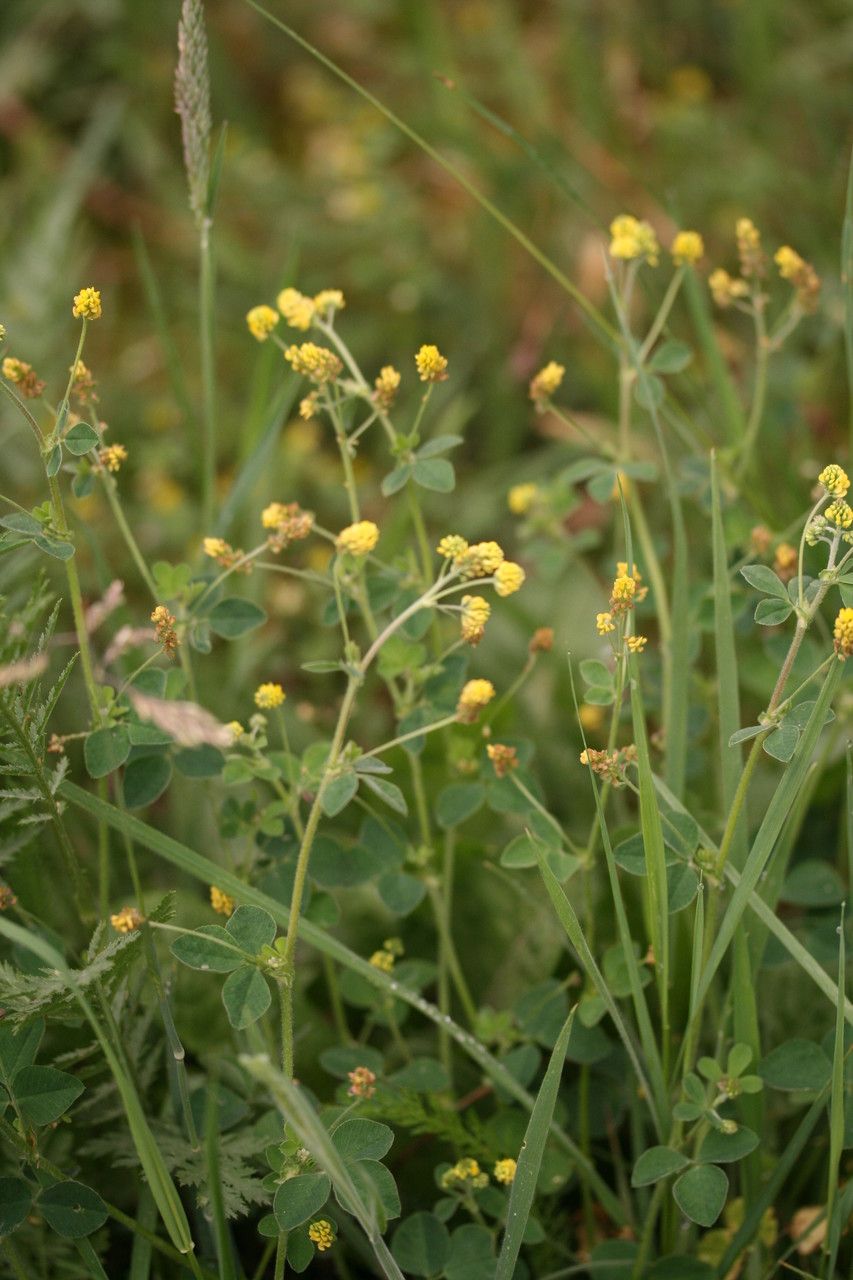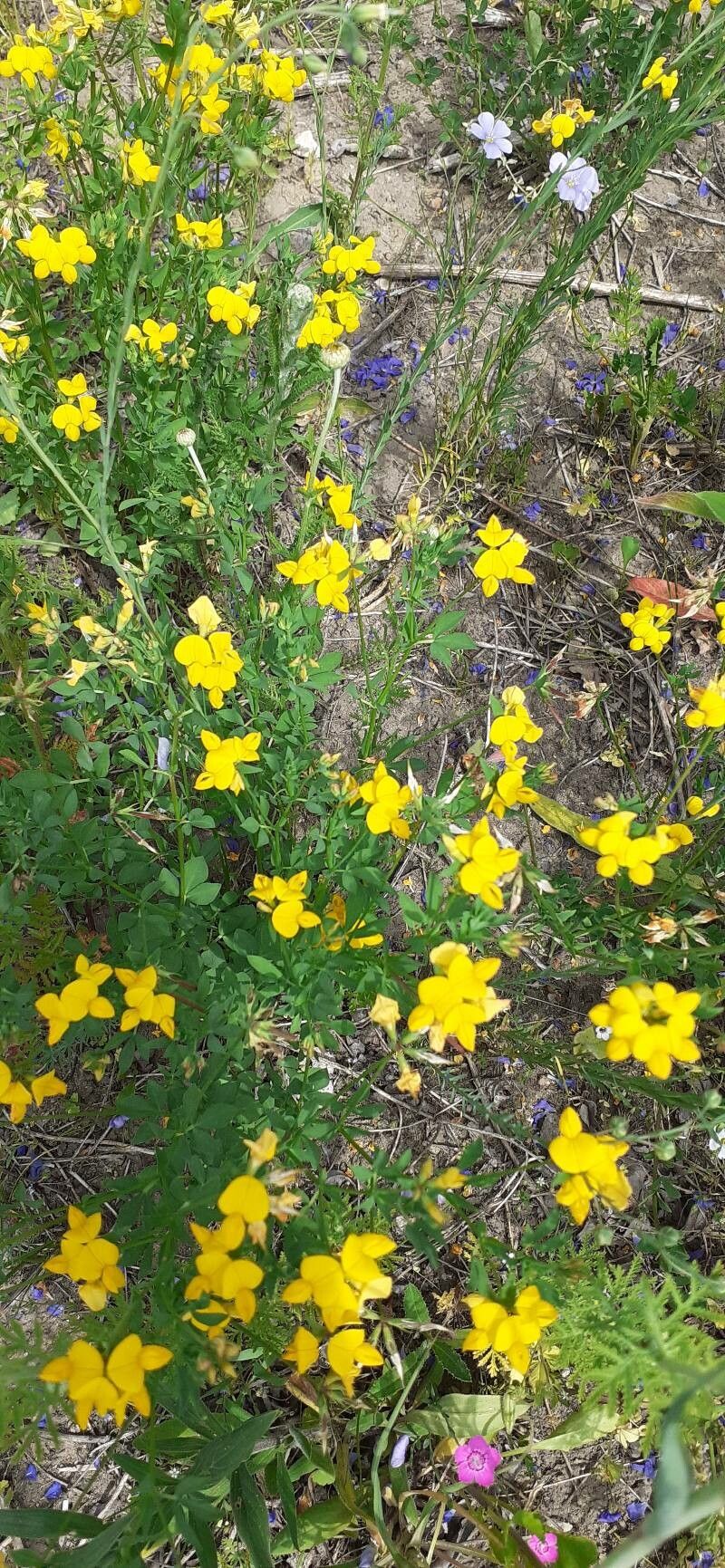### Nonesuch: A Comprehensive Guide to this Underappreciated Wildflower
The Nonesuch, a charming member of the Fabaceae (legume) family, is a captivating wildflower often overlooked in favor of its more flamboyant cousins. However, this unassuming beauty deserves a place in any garden appreciating diversity and resilience. While the precise species of 'Nonesuch' needs clarification (as 'Nonesuch' is a common name applied to several plants within the Fabaceae family, and potentially others), this guide will address cultivation techniques applicable to common plants bearing this name, focusing on their shared characteristics as legumes. Further research into the specific species you are growing is recommended.
### Habitat and Growth
Nonesuch plants typically thrive in open, sunny locations, mimicking their natural habitats which frequently include meadows, pastures, and roadsides. They are adaptable and can tolerate a range of conditions, making them a relatively low-maintenance addition to your garden.
### Sun Exposure
Nonesuch generally prefers full sun (at least 6 hours of direct sunlight daily). However, some varieties may tolerate partial shade, especially in hotter climates. Observe your specific Nonesuch's response to its environment. Wilting leaves in midday sun could indicate a need for more shade or better watering.
### Soil Needs
Well-drained soil is crucial for the health of Nonesuch. These plants don't tolerate waterlogged conditions and are susceptible to root rot in heavy clay soils. A sandy loam or a mix of garden soil amended with compost or other organic matter is ideal. The addition of organic matter improves drainage and provides essential nutrients.
### Planting and Care
Nonesuch can be grown from seed or via established plants. Direct sowing is commonly employed, with seeds ideally sown in spring or autumn depending on your climate. Prepare the soil by removing any weeds or competing vegetation. Sow seeds at the recommended depth (refer to your seed packet). Consistent moisture is vital during germination. Thin seedlings to allow for proper spacing once they are established.
Established plants require minimal maintenance. Regular watering during dry periods, especially during the growing season, will encourage robust flowering. Deadheading (removing spent flowers) can promote continued blooming. Fertilizing is rarely necessary unless the soil is very poor. Nonesuch plants naturally enrich the soil with nitrogen thanks to their leguminous roots.
### Pest and Disease Management
Generally, Nonesuch plants are quite resilient and resistant to pests and diseases. However, watch out for common garden pests like aphids and slugs, which can be controlled with organic methods such as insecticidal soap or diatomaceous earth.
### Conclusion
Despite its unassuming common name, Nonesuch offers significant beauty and ease of care for gardeners of all levels. Its adaptability, resilience, and contribution to biodiversity make it a valuable addition to any garden or naturalized area. With a little attention to its basic needs, you can successfully cultivate this captivating wildflower and enjoy its charm for years to come.
Nonesuch: Planting, Care & Growing Guide

Frequently Asked Questions
How do I grow Nonesuch from seed?
Prepare well-drained soil, sow seeds in spring or autumn at the recommended depth (check your seed packet), and maintain consistent moisture until germination. Thin seedlings once established.
What type of soil does Nonesuch need?
Nonesuch thrives in well-drained soil, such as sandy loam. Amend heavy clay soils with compost to improve drainage. Avoid waterlogged conditions.


